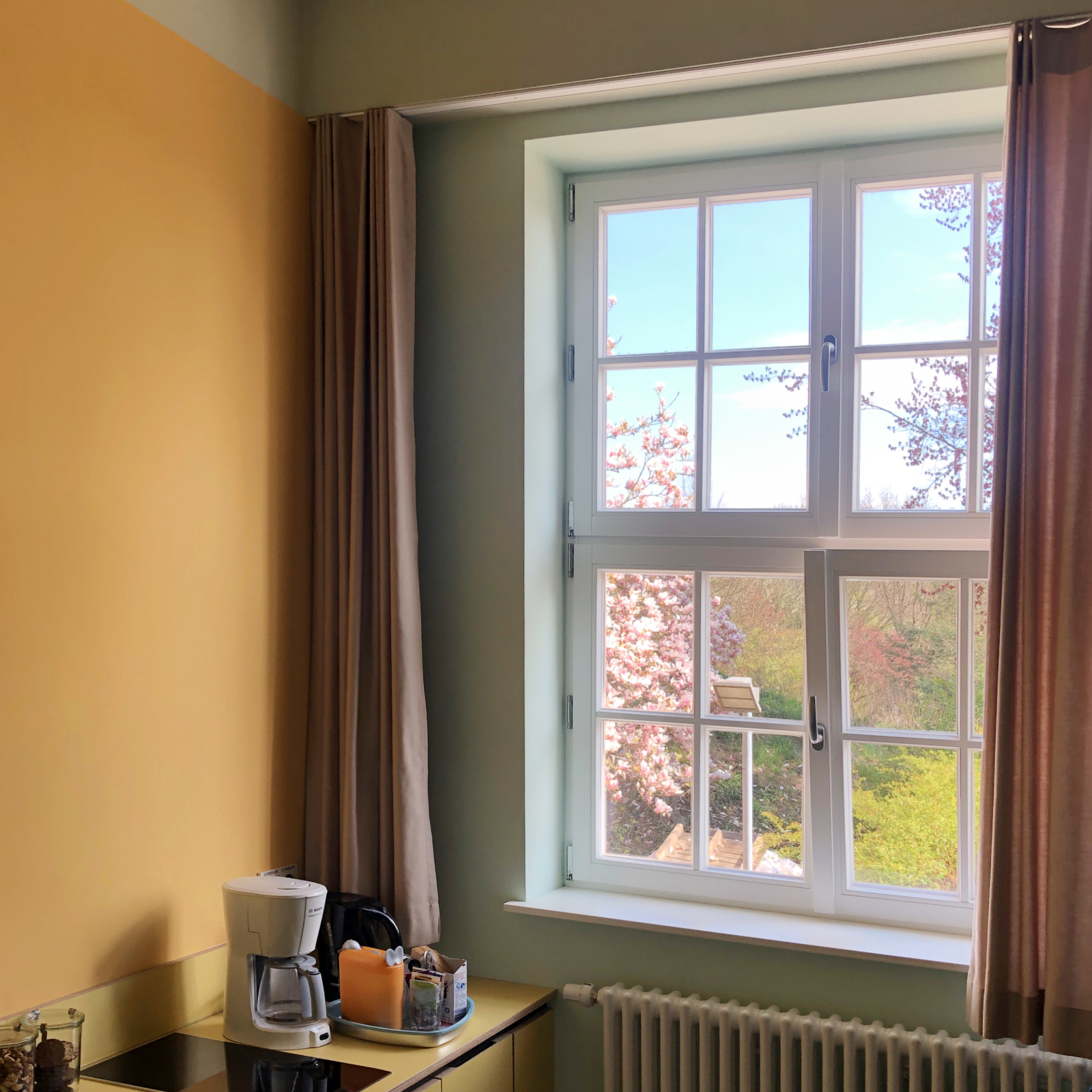
Hip or stuffy. Playful or conservative. Office colors say a lot about the staff, the company and the atmosphere. Color researcher Axel Buether explains what color care means, how contrasts and colorful mixtures influence the work.
inperspective: Mr. Buether, what can the visual appearance of offices reveal about companies?
Axel Buether: Colors shape our first impression of people, things, rooms, companies and institutions. They are the calling card of every office. They show us the extent to which a company values its employees. The room and object colors say more than words, because they give us an unadulterated impression of the working conditions, the atmosphere and the corporate culture.
If an office appears conservative or even stuffy, this naturally has an effect on the perception of the people who work there. Nobody would expect these people to have qualities such as creativity, innovation or openness, which is not necessarily true. In any case, we find it difficult to revise our first impression. Colors are media and means of communication that inform us about the meaning of spaces and things as well as about the character traits and intentions of people. That is their biological and cultural function.
Colors provide information about our socio-cultural milieu, our income, our education and our values. That is one side of the coin. The colors of our working environments are not only representative, but are also important for our well-being, our work performance and our health.
inperspective: Can spaces influence the psyche of the people working in them, for example by reducing stress, promoting creativity and increasing well-being?
Axel Buether: I have found out in several studies that a change of room colors is actually perceived by staff as caring. People prefer to go to work, they feel much better there, are more productive and significantly less ill. The sickness rate fell by more than 30 percent in our studies, which took place in the particularly demanding working environment of intensive care units, among both medical and nursing staff.
However, there are also other studies that show that we can concentrate better in cool, bright atmospheres and make fewer mistakes in mental tasks. In warmer environments, on the other hand, we can relax more quickly and effectively. We communicate more and feel more comfortable doing so.
Creativity is one of those things. Some people have the best ideas when their surroundings are colorful, lively and stimulating. Others, on the other hand, are minimalists who need a gray, white, calm and sparse environment to come up with something.
You can read the entire interview on the website of inperspective magazine


